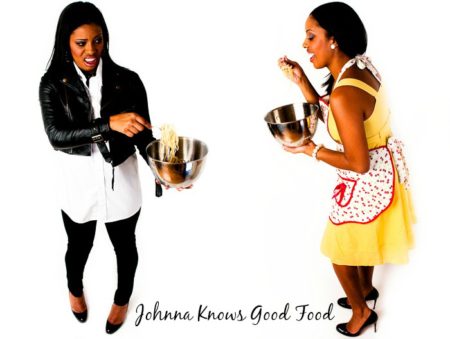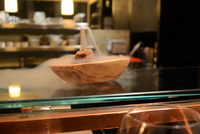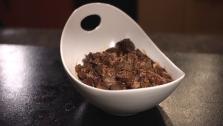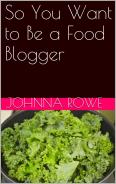Guest Post: Health and Science in One Bowl
Transparent chili jelly, tomato jam and liquid feta gnocchi – all this and more can be found in a molecular gastronomy restaurant’s menu. At first it can shock you, but then the curiosity comes.
Molecular gastronomy is a “scientific” cuisine that is based both on cooking and chemistry. It was invented nearly twenty years ago and now is becoming the most popular trend all over Europe and the United States. It was conceived by Nicholas Kurti, a professor of physics at Oxford University, and chemist France Herve. The experiment began with Nicholas’ idea to inject pineapple juice into meat before baking which, as it turned out, made it especially delicate, covered with a thin crisp crust. Nicholas and France could easily combine caviar and chocolate, cook the tenderest meat soufflés and mix cold and hot tea gels in one glass.
The main intrigue of molecular gastronomy is the experiment itself. When you see what you’ve ordered, you definitely feel some kind of ambivalence, because the appearance does not match the taste. That is the moment of self-awareness. How can you resist the temptation to try trivial foods in a brand new combination?
Instant freezing with liquid nitrogen and dry ice, boiling in vacuum bags, centrifugation… Can you name it a healthy food after all? Surprisingly, yes! These sophisticated scientific methods of cooking actually extract the exact taste leaving excess fats and fiber behind. For example, if you place a bottle of tomato juice in a centrifuge, it will divide into three parts: at the bottom will be a thick red sedimentation, consisting of cellulose, pectin and heavy pigments, and looking exactly like a tomato paste. Then goes juice itself – a pale yellow liquid, consisting of sugars, salts, acids and aromatic compounds. And the top layer will be a thin fatty foam containing the concentrated tomato flavor. This means you can enjoy a delicious taste of a masterpiece (it’s a crime to call it just “entree”) without thinking if calories. So it would be a perfect healthy solution for those who are on a diet if it wasn’t so expensive and so difficult to cook.
Cuisine trendsetters are beginning to give their “seal of approval” to molecular cuisine. Even though the average consumer does not have access to the professionals’ sophisticated scientific equipment, you can use your imagination as a substitute. Try creating something unique – but make sure is healthy and tasty at the same time. Experiment with food: Boil, freeze, grind, pressure cook, whatever. Just be curious, open-minded and have a good time.
*Angelina is a vegetarian and a yoga addicted writer from Aliso Viejo, CA. Her main aim is to make everybody be healthy and live happily. Follow her on Twitter at @_eatinghealthy
Category: Food.Fun.Stuff.










